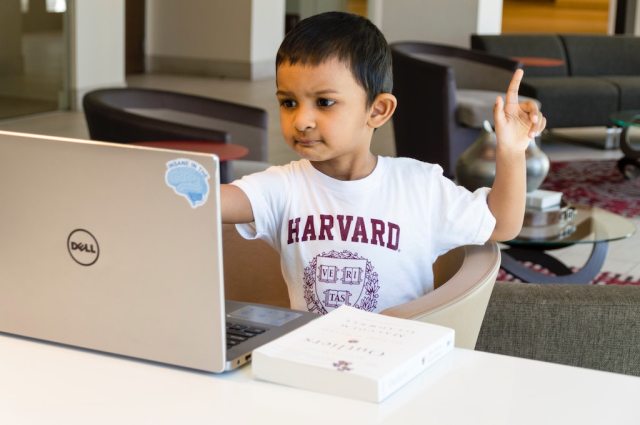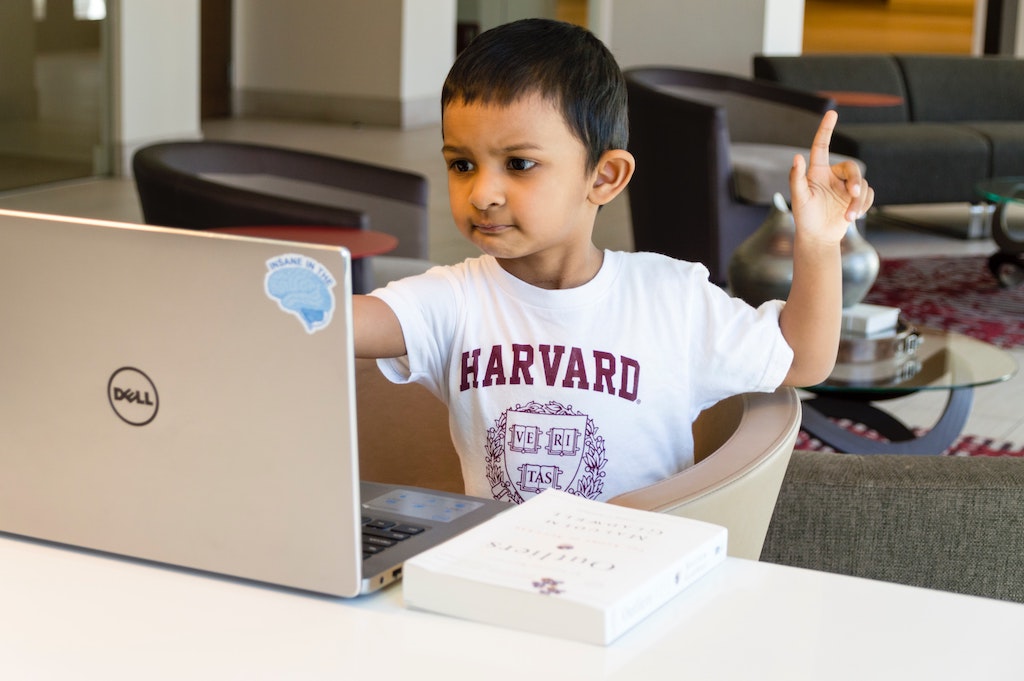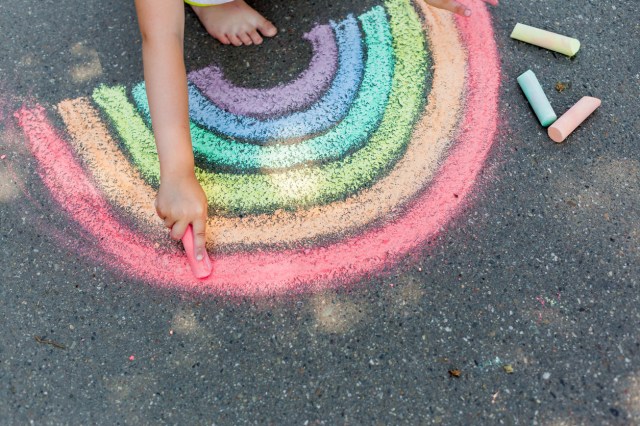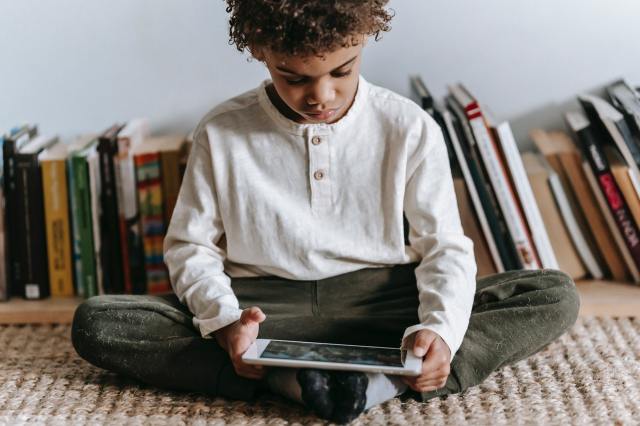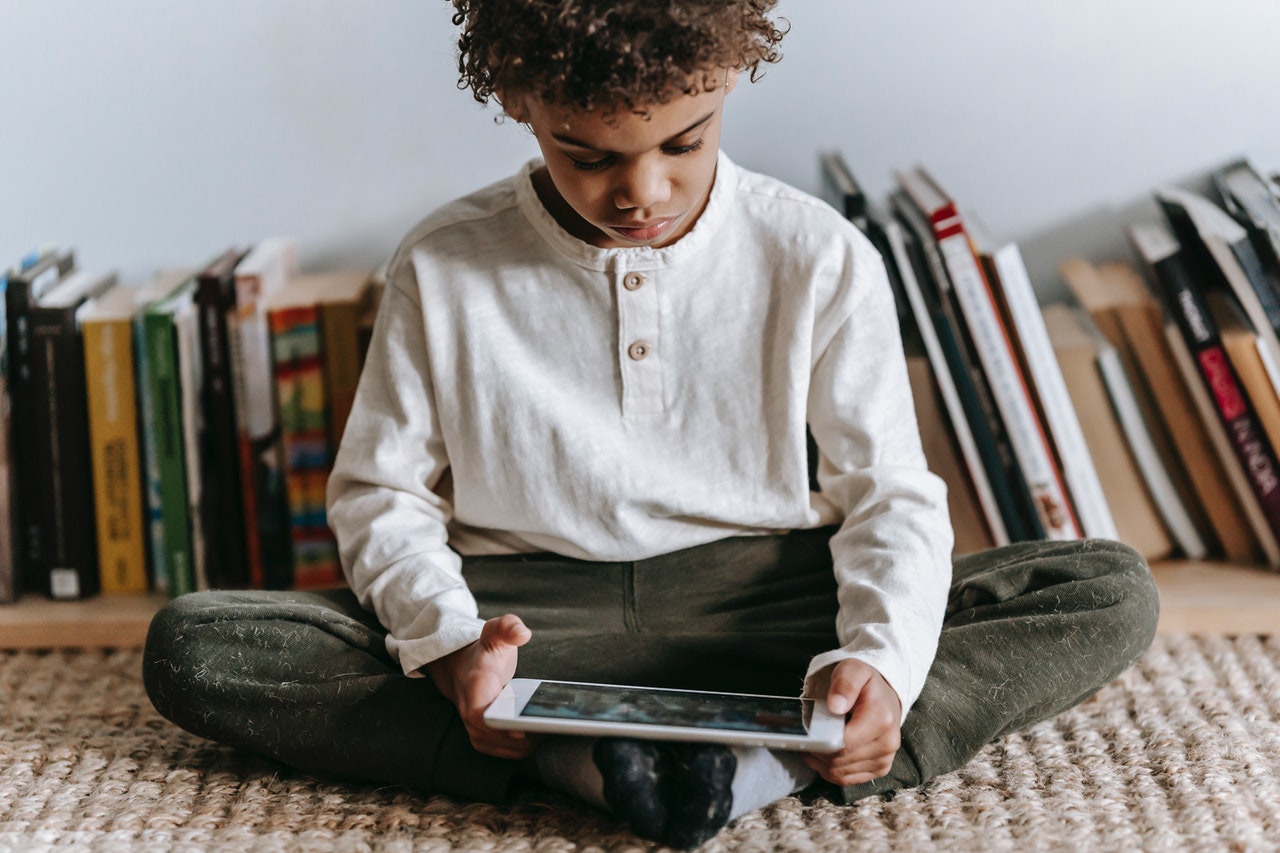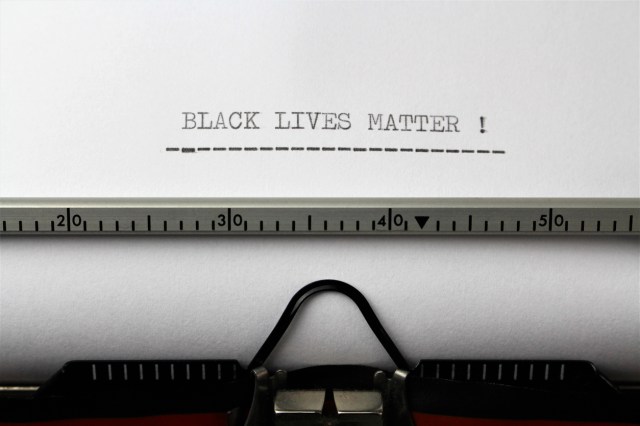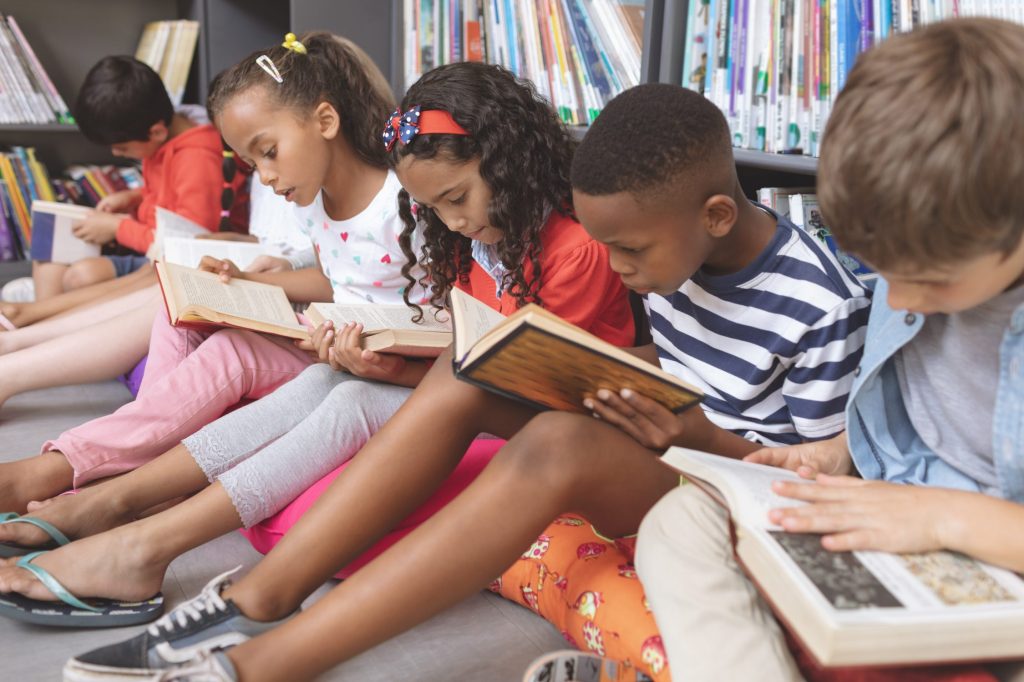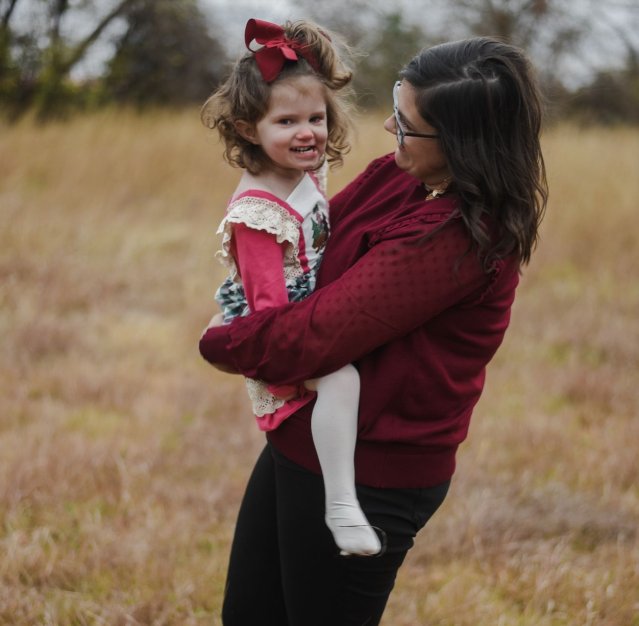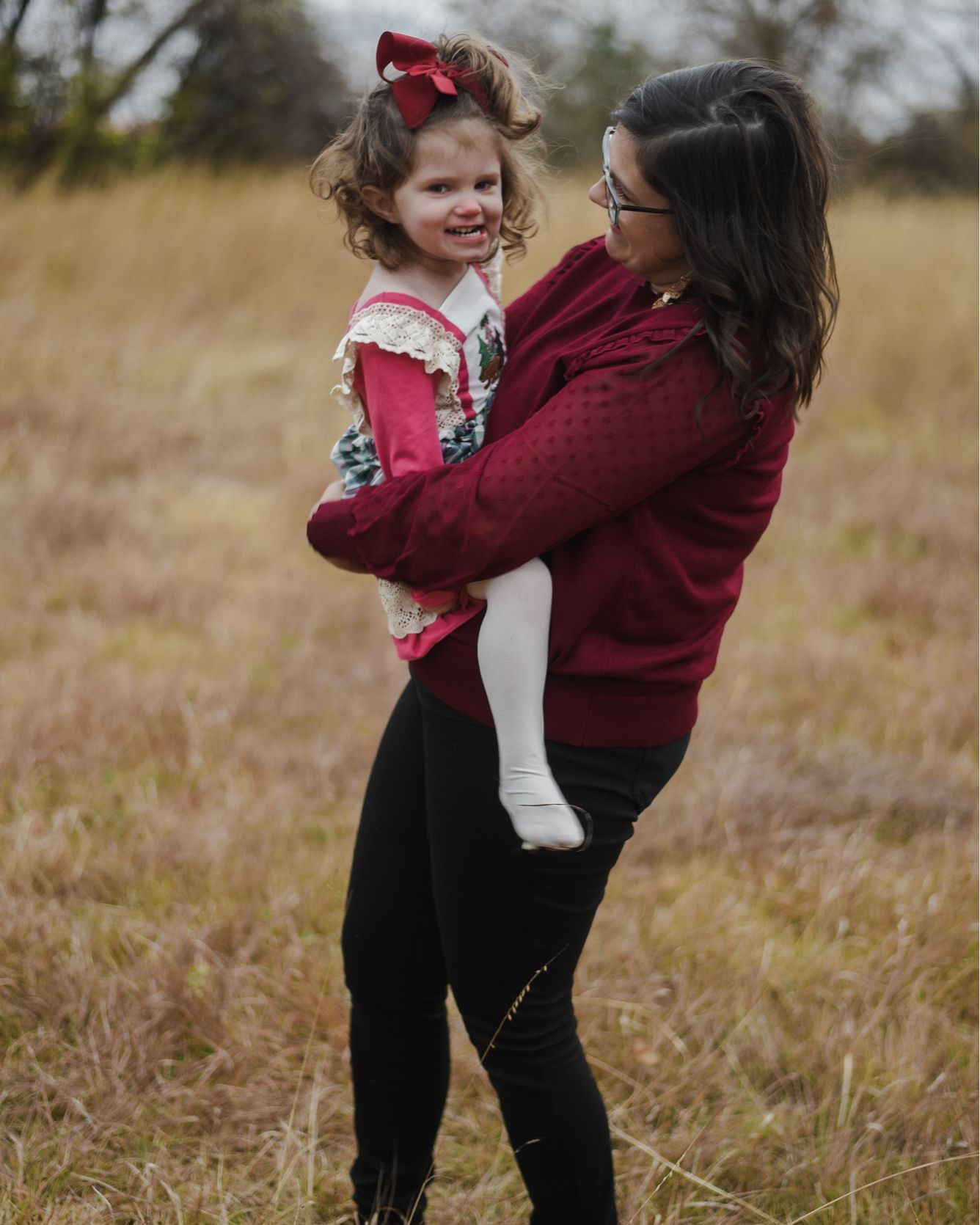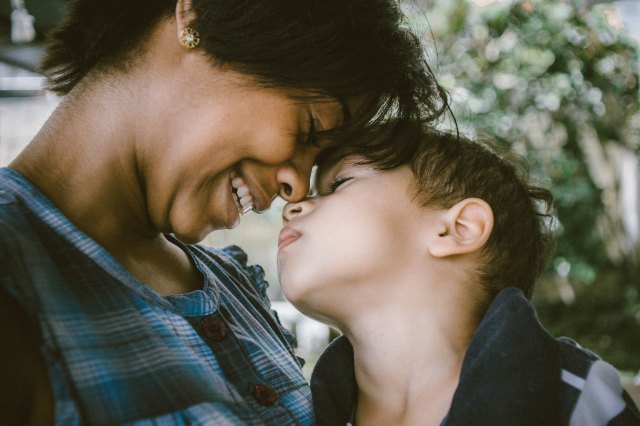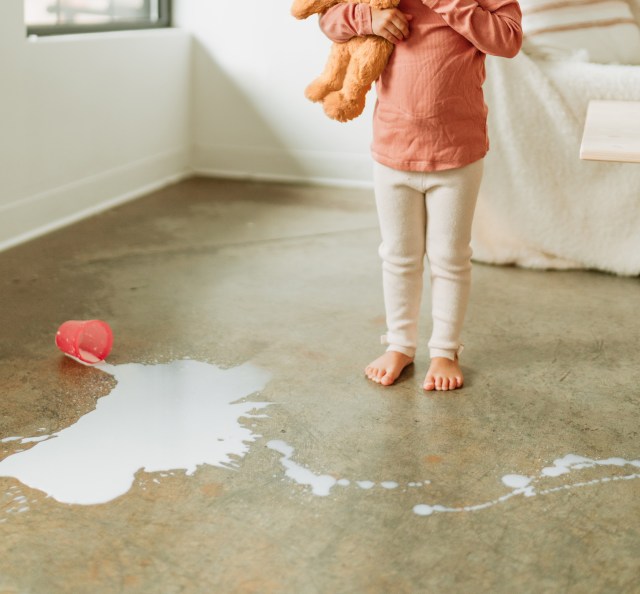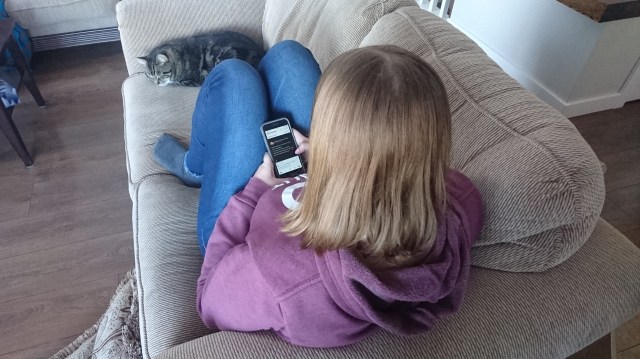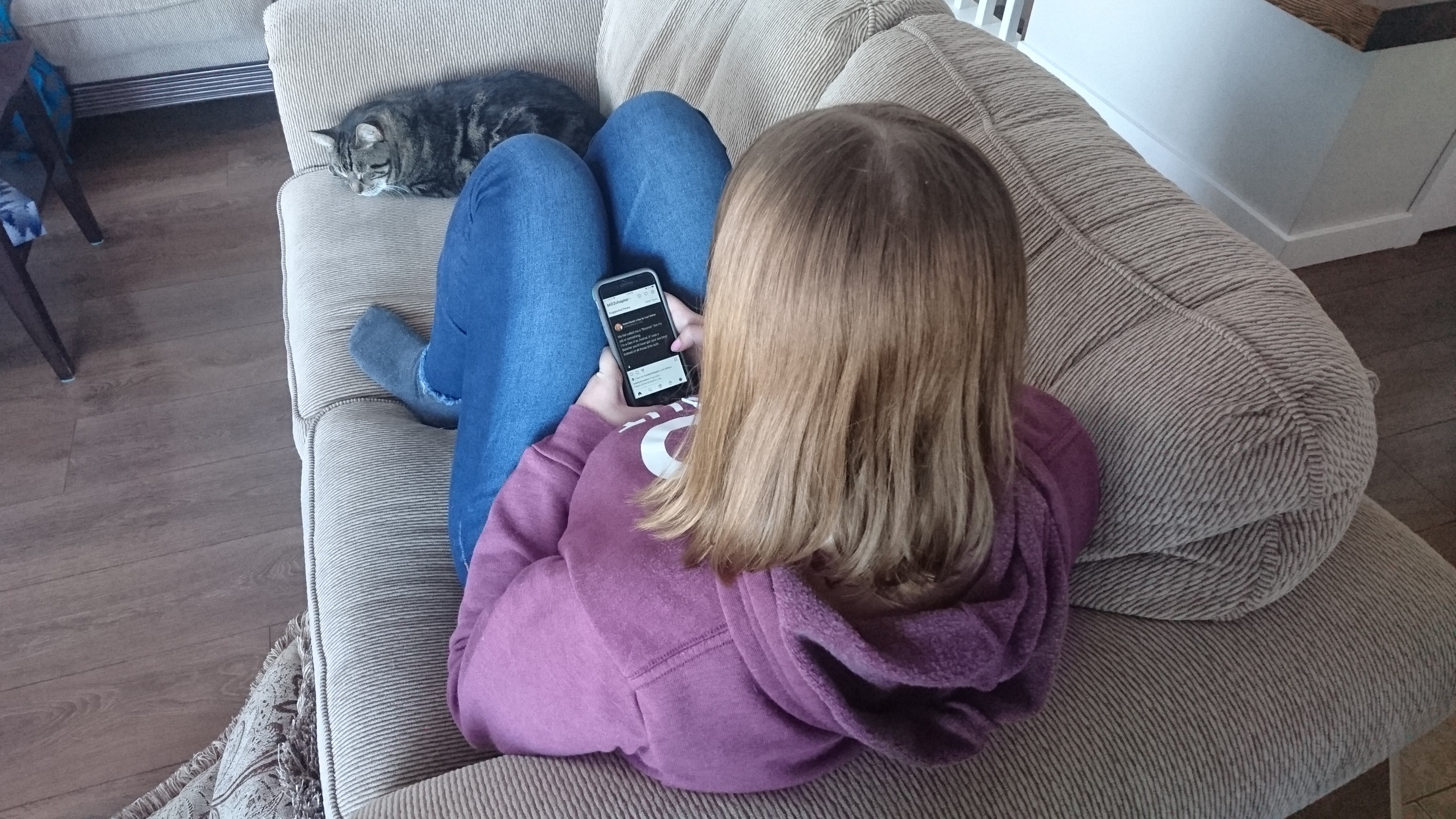
Your child is having a meltdown. You have tried rationalizing, distracting, even offering treats if your child will stop crying and screaming. Your emotions are boiling and you are at your wit’s end. This is the moment when parents, desperate and defeated, often resort to yelling. Unfortunately, the yelling makes the situation worse and you walk away feeling disappointed for having yelled again.
As a parenting expert, educator, mindfulness and meditation teacher, and former elementary school teacher, I have devoted my professional life to helping families create more calm in their homes. In my personal life, as a mother of two, I have firsthand experience feeling remorseful after I have lost my cool with my own children. So if you find yourself yelling at your child, know that you are not alone in your struggle. This is an opportunity to practice self-compassion and know that starting today you can expand your parenting toolbox with these three calming tools.
Tool #1: Understand Your Brain
When you understand what is going on in your brain and your child’s brain while angry, it helps bring compassion and awareness to the situation. Let’s look at two parts of the brain—the amygdala and the prefrontal cortex.
The amygdala is almond-shaped and is in the center of the brain. It is primitive and when the amygdala is firing, you react quickly from a place of fight, flight or freeze. The prefrontal cortex is more evolved than the amygdala and it helps make decisions and problem solve. The prefrontal cortex takes a long time to develop (it will become fully developed around 25 years of age). When you have reached a breaking point you are no longer using your prefrontal cortex to make rational decisions (and neither is your child). Instead, the lower part of the brain where the amygdala lives is activated. Understanding how the brain works during a meltdown can help you appreciate the importance of pausing so that your prefrontal cortex can get back online.
Tool #2: Have a Plan to Pause
Don’t wait until the next time you are about to lose your temper. Now that you know your prefrontal cortex isn’t fully functioning when you are in the midst of a power struggle, you understand why you need a plan for pausing. When you and your child are in a calm state, sit down together and make a list of the things each of you can do the next time you are angry (one list for you and one for your child).
My list, for example, is:
1. Go in the other room and take deep breaths
2. Turn on my favorite song
3. Go on a walk around my house or in my backyard
4. Smell a flower, a piece of fruit, or an essential oil
5. Play the game rock, paper, scissors with my child
6. Lay on the floor and put a stuffed animal on my belly. Watch the stuffed animal go up and down with my breath
Notice that my list are things that calm me down, but some also invite my child to participate with me. My daughter’s list is similar but also includes playing with her dolls, blowing bubbles in the backyard and taking a bath.
Write both lists on chart paper, decorate it with your child, and hang it somewhere in your house. The next time you feel like yelling, go to your list and model this powerful tool of moving from the amygdala into a place of inner calm.
Tool #3: Reconnect & Follow Up Later
Now that you have avoided yelling and taken an opportunity to let you and your child calm down, it is time to reconnect for a moment. Reconnection includes being at eye level with your child, offering a hug and validating the feelings your child is experiencing. When your child feels connected to you, they are more likely to follow your limits and accept your rules.
After you have reconnected with your child, you can follow up and find a solution for whatever instigated the power struggle, to begin with. You will be amazed by how much more cooperative your child is once they feel connected again! As you adopt these three tools, be patient with yourself as you go. If yelling has been part of your life for a while, know that it will take time to create new healthy habits. Your number one priority is to keep your child safe when you are angry! Keep practicing these tools and your yelling will decrease day by day. For more parenting tools and to subscribe to my free weekly Calming Newsletter.







